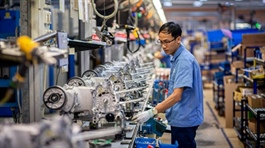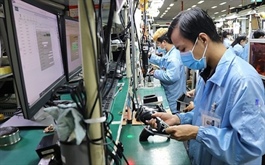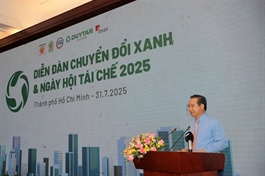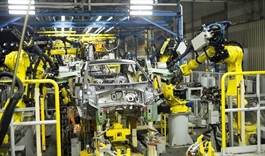Green logistics needs stronger green finance policies to thrive
Green logistics needs stronger green finance policies to thrive
Digital customs, flexible banking, and local government cooperation can together build an ecosystem that enables Vietnamese businesses to go green effectively.
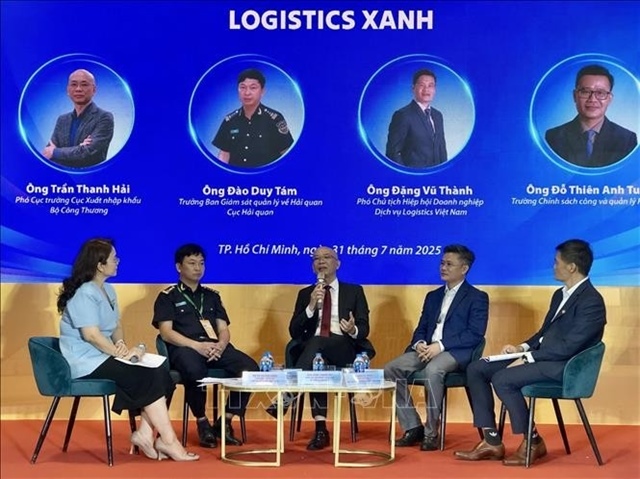
Speakers at the seminar. — VNA/VNS Photo |
Green logistics is emerging as a key component of Việt Nam’s sustainable development strategy and its roadmap to achieving net-zero carbon emissions by 2050, said experts at a seminar held on July 31 in HCM City.
The event on financial policies for green logistics was organised by the Economic-Financial Review and VINEXAD Company, with support from the Agency of Foreign Trade (AFT) under the Ministry of Industry and Trade.
Speakers at the seminar stressed that green logistics cannot grow without timely and effective financial support. Investment in green technologies, clean transport and energy-efficient warehouses require significant investment in technology, equipment and skilled personnel.
Although green transition and sustainable supply chains are becoming global trends, many Vietnamese enterprises are facing major barriers such as limited access to capital, outdated technology and insufficient expertise. Particularly, small- and medium-sized enterprises are struggling to access to green finance.
Việt Nam’s logistics sector plays an important role in the economy, with a market size of around US$40-42 billion and an annual growth rate of 14-16 per cent — among the highest in Southeast Asia.
However, logistics costs remain high, accounting for 16-18 per cent of GDP. The sector is also one of the major carbon emitters, especially in road transport.
AFT Deputy Director Trần Thanh Hải said green logistics is not only an environmental requirement but also a business necessity. To meet international regulations such as the EU’s Carbon Border Adjustment Mechanism (CBAM), logistics companies must adopt greener practices. Investments in fuel-efficient transport, smart containers and digital management systems will not only reduce emissions but also lower long-term operational costs, particularly in the face of volatile fuel prices.
Hải also noted that green credentials will soon become a competitive advantage. Việt Nam is well-positioned to promote green logistics, thanks to improved transport infrastructure and a booming e-commerce sector.
In 2024, the country’s retail e-commerce market reached $25 billion, up 20 per cent from the previous year, placing Việt Nam among the top 10 fastest-growing e-commerce markets globally.
In efforts to reduce logistics costs, Đào Duy Tâm, head of Customs Supervision at Vietnam Customs, said that since 2020, Việt Nam has implemented electronic customs procedures, significantly reducing clearance times. Customs authorities are also working to apply digital technologies such as AI, IoT, blockchain, surveillance cameras and big data at key border gates, enhancing transparency and efficiency.
These efforts help logistics businesses and port operators optimise cargo handling, reduce transportation distances, cut fuel consumption and lower costs, all of which support green logistics development, Tâm said.
Despite progress, green transition remains costly and challenging without long-term financial policies. Many businesses pointed out that supportive financial mechanisms including green credit, tax incentives, interest subsidies and innovation funds are crucial to turn green logistics from ambition into reality.
Experts called for a comprehensive financial framework that includes investment incentives, loan guarantees, tax breaks, and close coordination between ministries.
In today’s rapidly greening global economy, green logistics is no longer optional but a necessity. Digital customs, flexible banking and local government cooperation can together build an ecosystem that enables Vietnamese businesses to go green effectively.
- 13:53 01/08/2025



